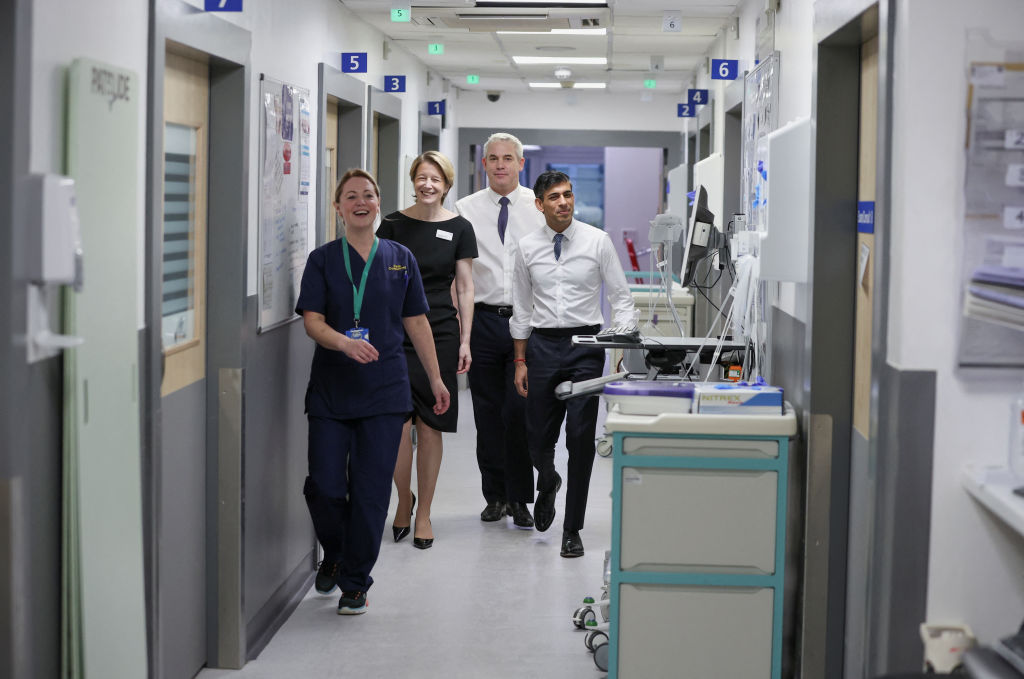NHS waiting lists are at record levels, with the number of people in the queue for treatment at 7.5 million. Patients referred to specialists are waiting longer than ever for hospital appointments and vital health investigations. The government’s announcement today that it will use the private sector to help tackle the backlog is surely logical — but it’s not a long-term solution to the crisis facing the NHS.
Health secretary Steve Barclay has announced the creation of 13 new community diagnostic centres (CDCs) that will help provide 750,000 more medical investigations a year to waiting patients. Eight of these will be run by the private sector as part of a government plan backed by Rishi Sunak’s elective recovery task force. The new centres will help to create a network of 160 clinics by 2025 to help patients access investigations outwith hospital.
Barclay’s brainwave is not altogether new: the Labour party used the private sector in the early 2000s to help meet waiting times targets and the Tories did something similar during the pandemic. Currently private health services already have an arrangement with the NHS to help reduce backlogs, and the sector says it has the capacity to carry out about 30 per cent more. But while creative solutions to dealing with NHS backlogs are welcome, there are growing concerns about how these types of private services operate.
One GP, Dr Amir Khan, told Good Morning Britain that he was concerned about private centres robbing NHS trainees of valuable experience by cherrypicking ‘low complex, high volume’ procedures, resulting in the NHS being left with more complex patient cases and further destabilisation of the health service. Others have criticised the government for further politicising the health system, calling Barclay’s plan a ‘political strategy to justify private sector profit’ and accusing the government of creeping towards total privatisation of the service.
There is a separate worry among doctors who do private work that the private healthcare system is beginning to face backlogs of its own. One consultant described how patients who have opted to pay for their healthcare are increasingly having to wait months instead of days for investigations and operations, suggesting that the private sector could not function, in the way it is now, as a permanent safety net for the NHS.
And despite the existence of 114 CDCs already, the NHS is still struggling to meet patient demand: a quarter of patients are still waiting more than six weeks to undergo important tests. Some have pointed to the health service’s workforce crisis as a contributing factor. The government’s stance on junior doctor pay disputes has been criticised — Sunak has said the UK government’s 6 per cent pay offer ‘is final’ — as vacancies in the health service remain high at over 110,000. In fact, today’s announcement comes the week before junior doctors will strike for the fifth time from 11-15 August, with medics pointing out that rota gaps and staff dissatisfaction is a crucial part of the NHS crisis.
Barclay has defended the government’s plan, saying that it is imperative to ‘use every available resource to ease the pressure on the NHS’. Yet it’s hard to look past the fact that the decision to further involve the private sector to slash waiting lists is only a short-term solution. Ultimately, both the way the health service operates and the conditions facing its staff need to be examined and reformed if there is to be any long-term hope for the NHS.







Comments